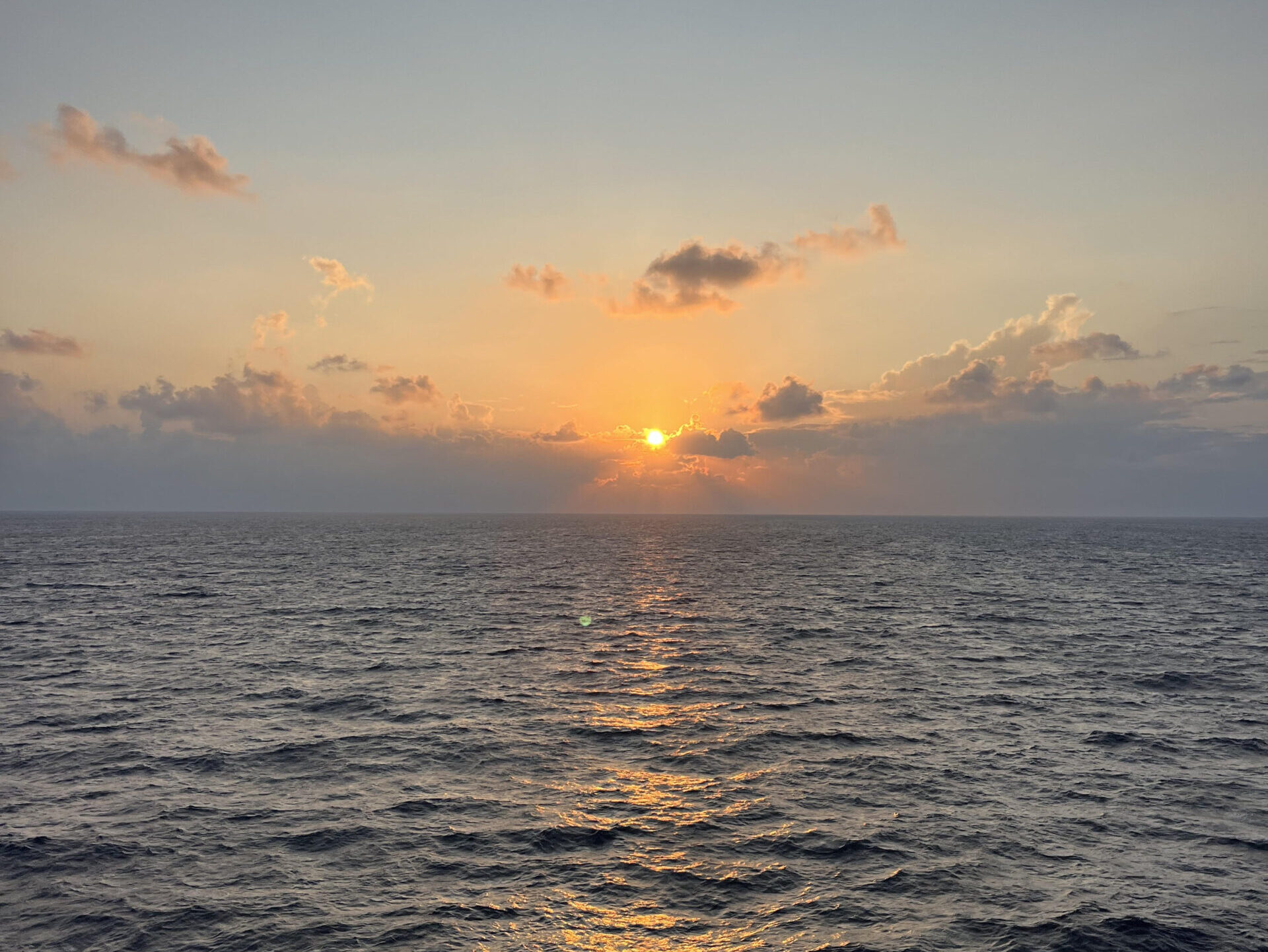
Capture the universal synchronised sunrise and sunset this equinox
Ready to be part of something truly illuminating? Here’s how and why…
Equinoxes are the magic moments in March and September when all life on Earth is in balance.
EQ says at equinox, with 12 hours of day, 12 of night everywhere on the planet we are equal-under-the-sun. Simply by joining shutterbugs around the world you can prove it!
EQ’s promo movie explains equinoxes beautifully, and ends with the sun setting into the Bristol Channel, due west at solar 6pm (18.20 GMT). Please watch (5 mins) and then add your picture to its story:
Mission: Capture sunrise or sunset over water1 this southward* equinox (September 22-23).
Golden hour: 6 AM or 6 PM solar or sundial time (clock time may well be earlier or later)².
The ideal shot: a glowing hemisphere taken from anywhere on Earth (Pole to Pole, East to West).
Your shot will then be part of a global tapestry showcasing our planet’s moment of balance.
What you need:
Camera and/or smartphone – with a compass³.
Flat horizon – water, ice sheet, plain – is best, but not essential¹.
Your unique local flair: (famous) landmarks, people, pure artistry.
Good weather – but if it’s cloudy, don’t despair as the sun can reappear below the clouds before setting!
OK – are you in? Here’s how to make solar history:
Check out the video and commit to the #equinoxsun challenge.
Rally your global, photo-snapping friends in famous or photogenic places4.
Grab your gear, set your alarm, and get ready to capture global equality.
Submit your snap, with name and location (it will be © acknowledged) to EQ’s
Dawn choristers – rise to the occasion! Night owls – venture out!
The shot here was taken at southward equinox 2024 from the deck of a Brittany Ferry in the Bay of Biscay by Megan Walker of ORCA – just before a probably cloud-obscured sunset. The previous blog explains:
At equinox the sun will rise from or glide below Atlantic, Pacific, Indian, Arctic or Antarctic horizons: it will be the same image, the same (solar) time, the same due easterly or westerly direction. It accompanies Seamus Heaney’s encapsulation of EQ’s inspiration and purpose perfectly:
EQ stems from and pays into a big simple truth
Before you put that note in the diary, here are five important points, already flagged up, to remember:
-
The ideal shot is a flat horizon without mountains and buildings in the way; but if you are looking east at 6am or west at 6pm and the composition is breathtaking – go for it!
-
You need to check a website for local sunrise and sunset time. Why? Our clock time is in timezone chunks of 15° of longitude. That’s too vague: easterly portions of the chunk will get sunrise/sunset earlier; westwards they come later. And though the moment of equinox is exact – 18.19 GMT/UTC, 22-9-25 – there are localising and astronomic variables to actual sunrise and sunset time across the globe.
-
Refraction in our atmosphere bends sunlight at sunrise/sunset. Equilux – exactly 12 hours of sunlight and sunset – occurs 2-3 days before or after equinox, depending on hemisphere and latitude, so your window of opportunity is extended a few days either side of the planet’s precise balance point of equinox.
-
If you’re up on a cliff, ship’s deck, or high building the horizon is further away; the higher you are, the more you need a camera with a good optical zoom to home in on the sun.
-
Finally, CLICK HERE for a (partial) list of global east (dawn) and west (sunset) hotspots.